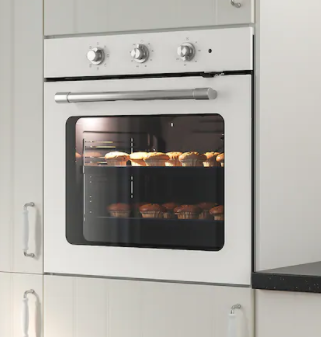Guest Post by Hubert Dwight
If you are looking to buy your first home or even taking another step on the property ladder, the whole process can seem daunting and not a little terrifying.
The key to making the process as smooth and painless as possible is to be armed with as much information as you can find.
Below we have tried to break down the process into a basic step by step guide to follow for those looking to purchase through private sale.
Step 1. Approach a Lender
Do this now so you can get an idea of:
- How much you will need save
- How much you can borrow based on your income/s and factoring in fees and charges you may not have thought of (see below)
- What your repayments would be
Step 2. Work out your Budget
When working out your budget don’t forget the hidden costs associated with your purchase – these can be substantial.
Stamp duty, conveyancers, building inspections and a myriad of other cost can eat into your budget, so it pays to be forewarned.
Step 3. Write out your Checklist
Sit down and discuss what you NEED in a property and what you WANT.
Decide whether you want a new build or an existing property.
Remember new builds may save you on stamp duty, but may not have the infrastructure you require or desire.
Occasionally, you can find surprisingly well placed new developments close to the city.
I recently came across Yarra Bend which is one of these new developments surrounded by long established infrastructure.
Step 4. Do your Research
If you are thinking of moving to a location outside your comfort zone, it is wise to do a bit of research to prepare you for any surprises.
Crime rate statistics are probably a good place to start if you don’t know the area very well.
Investigate sold prices published on online real estate sites, so you can get a feel for what you will get for your money, and what represents good value.
Step 5. Inspect, Inspect, Inspect
Even before you have done all the above it, pays to get a feel for the market.
Comparing properties and prices can give you an idea of where the best value for your dollar can be bought, and helps you narrow down what you’re really looking for.
Step 6. Find a Conveyancer
Even in the early stages of house hunting, it is a good idea to select a conveyancer.
Once you find one give them a call, introduce yourself, and let them know that you will be purchasing a house at some stage and will be making use of their services.
A good conveyancer will manage things behind the scenes, such as reviewing the Section 32, to make sure there are no anomalies along with the legal side of the transfer of ownership.
Step 7. Doing your Due Diligence
Property buying is a lot like falling in love.
Don’t be fooled though, what looks pretty on the outside may be hiding some ugly secrets.
Make sure the first thing you do with any property you are interested in is ask for the Section 32.
Once you have that forward a copy onto your conveyancer and then sit down and actually read through it, looking for things such as easements which may run through the property and impede future development.
Your conveyancer is best equipped to guide you through this.
Step 8. Making an Offer
When you have found your property and decided on a figure, your offer will then be written up by the agent to be presented to the vendor.
A deposit will then be taken, and legal documentation signed to make it official.
Things such as a settlement can also be negotiated at this time.
It is important to make your offer subject to any building and pest inspections, and also subject to finance.
This is crucial as new rule changes may have altered your borrowing capacity.You will be given 10 – 14 days to arrange inspections and get finance approval from your provider.
Step 9. Final Inspection
Should your offer be accepted, then both your lender and conveyancer will be notified of the transfer date and all you have to do is make your preparations to move.
About a week before the transfer, you should be allowed the opportunity to make a final inspection of the property to ensure everything is as it should be.
This would be a good time to get your insurances sorted out if you haven’t already done so.
Hopefully this brief summary has given you an overview of the process from start to finish.
Purchasing a property can seem like a confusing maze but taking your time, doing your research and choosing knowledgeable and experienced professionals is the best way to ensure your journey is a success.
